
Engaging in regular exercise is among the most crucial actions you can take for your health. It’s not just about looking good or losing weight—it’s about feeling great, both physically and mentally. Engaging in physical activities like walking, jogging, yoga, or strength training for at least 30 minutes daily can transform your life in ways you may not even imagine. Let’s dive into why regular exercise is so essential, how it benefits your body and mind, and how you can make it an enjoyable part of your daily routine.
Why is Exercise Important?

Your body is designed to move. From the way your joints and muscles work to the way your heart and lungs function, everything in your body thrives on activity. Exercise isn’t just about burning calories; it’s about strengthening your body, improving your mood, and boosting your overall well-being. Here are some key reasons why regular exercise is so important:
- Boosts Physical Health: Exercise improves your cardiovascular health, strengthens your muscles, and enhances your flexibility. It reduces the risk of chronic diseases like heart disease, diabetes, and high blood pressure.
- Improves Mental Health: Physical activity releases endorphins—often called the “feel-good” hormones—which help reduce stress, anxiety, and depression.
- Increases Energy Levels: Regular movement boosts your stamina and makes everyday tasks feel easier.
- Supports Weight Management: Whether you’re trying to lose, gain, or maintain your weight, exercise helps by burning calories and building muscle.
- Promotes Better Sleep: Being active during the day can help you fall asleep faster and enjoy deeper, more restful sleep.
- Enhances Brain Function: Exercise improves memory, focus, and overall cognitive performance, keeping your brain sharp.
Different Types of Exercise
Exercise comes in many forms, and each type offers unique benefits. The key is to find activities you enjoy and mix them up for a well-rounded routine. Here are four main types of exercise to consider:
- Cardiovascular Exercise
Also known as aerobic exercise, this type of activity gets your heart pumping and improves your endurance. Examples include:

- Walking

- Jogging

- Cycling

- Swimming

Cardio workouts are great for improving heart health, burning calories, and increasing energy levels.
- Strength Training
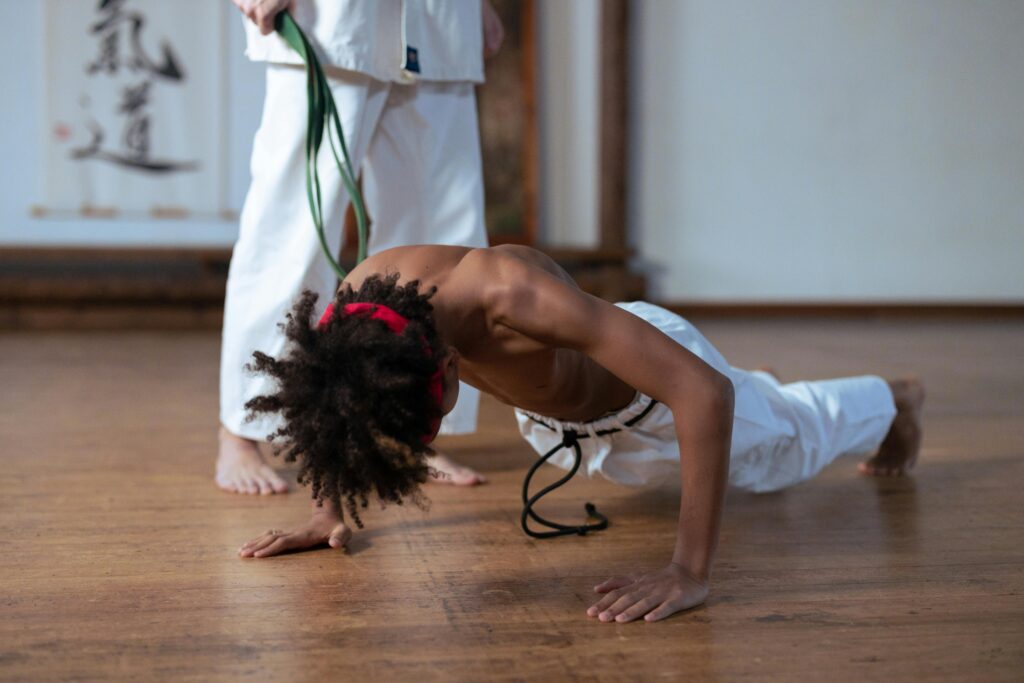
Strength training involves using resistance to build and strengthen your muscles. Examples include:
- Lifting weights

- Using resistance bands

- Bodyweight exercises like push-ups and squats
This type of exercise helps you build muscle, boost your metabolism, and maintain strong bones.

- Flexibility Exercises
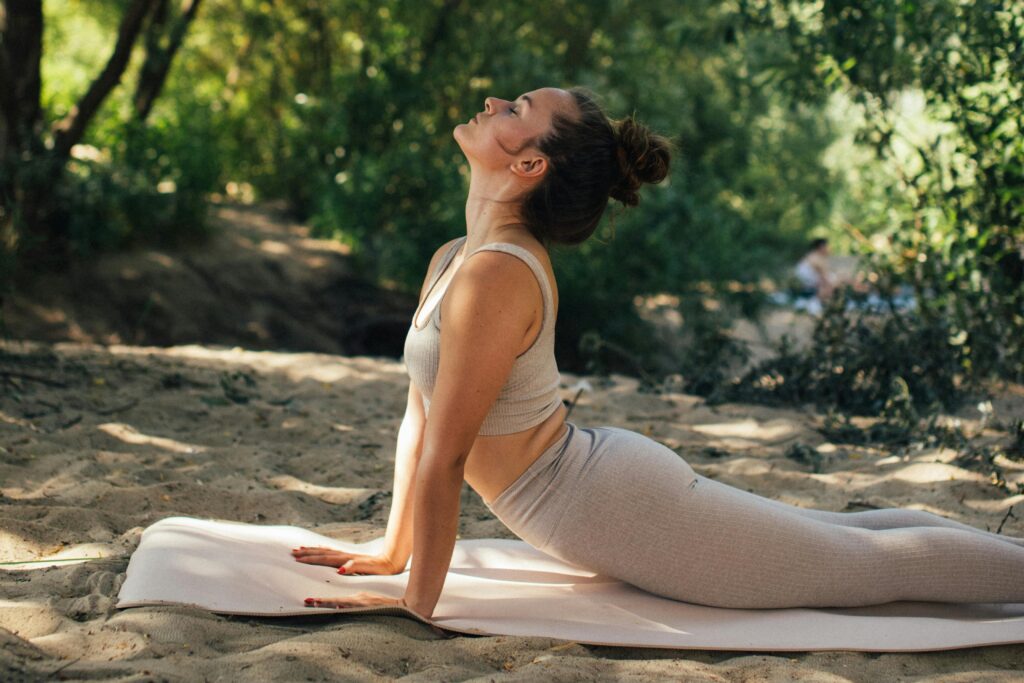
Flexibility exercises improve your range of motion and reduce stiffness. Examples include:
- Yoga

- Pilates
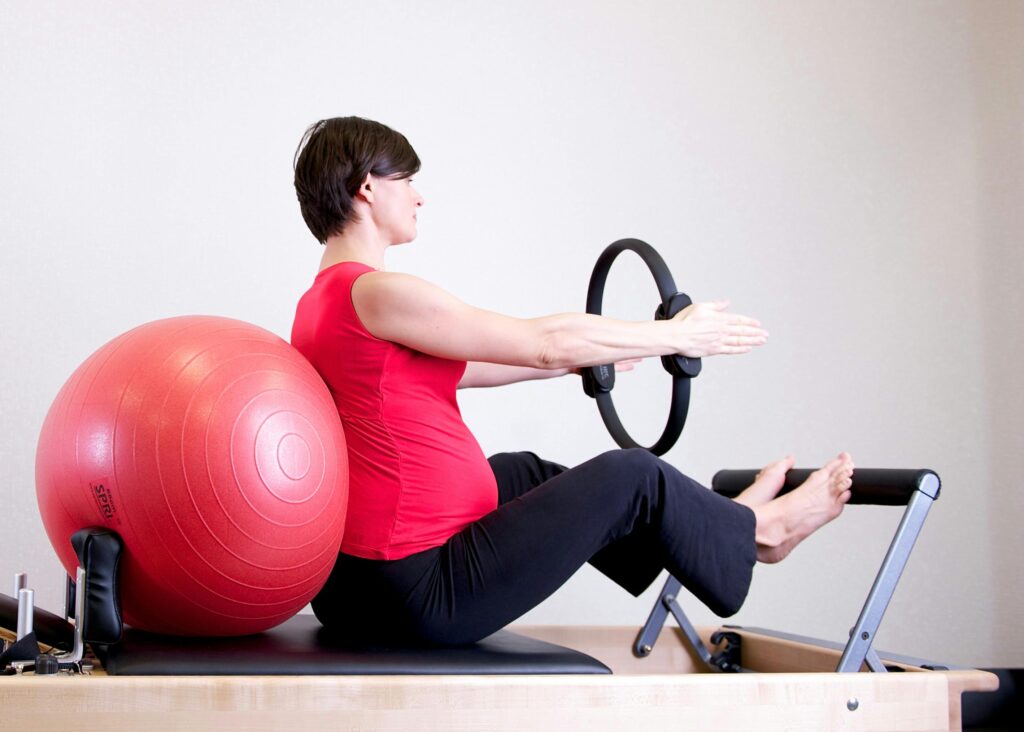
- Stretching routines
These activities enhance your posture, prevent injuries, and promote relaxation.

- Balance and Coordination Exercises
These exercises help improve your stability and coordination, especially as you age. Examples include:

- Tai chi

- Balance-focused yoga poses

- Single-leg stands
Incorporating balance exercises into your routine can reduce the risk of falls and improve overall mobility.
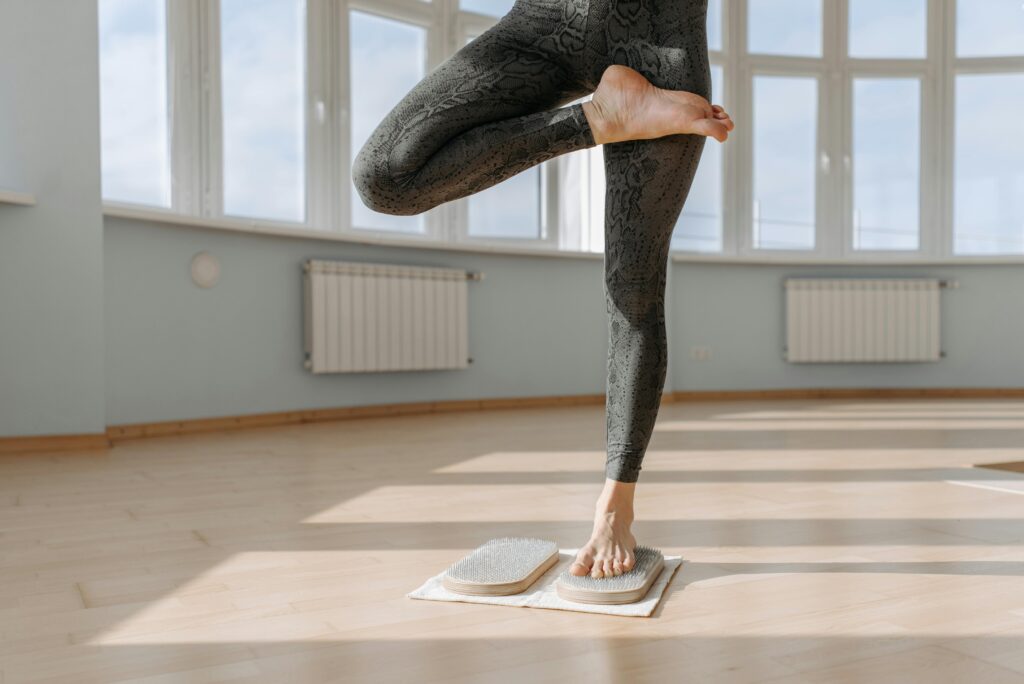
How to Get Started with Exercise
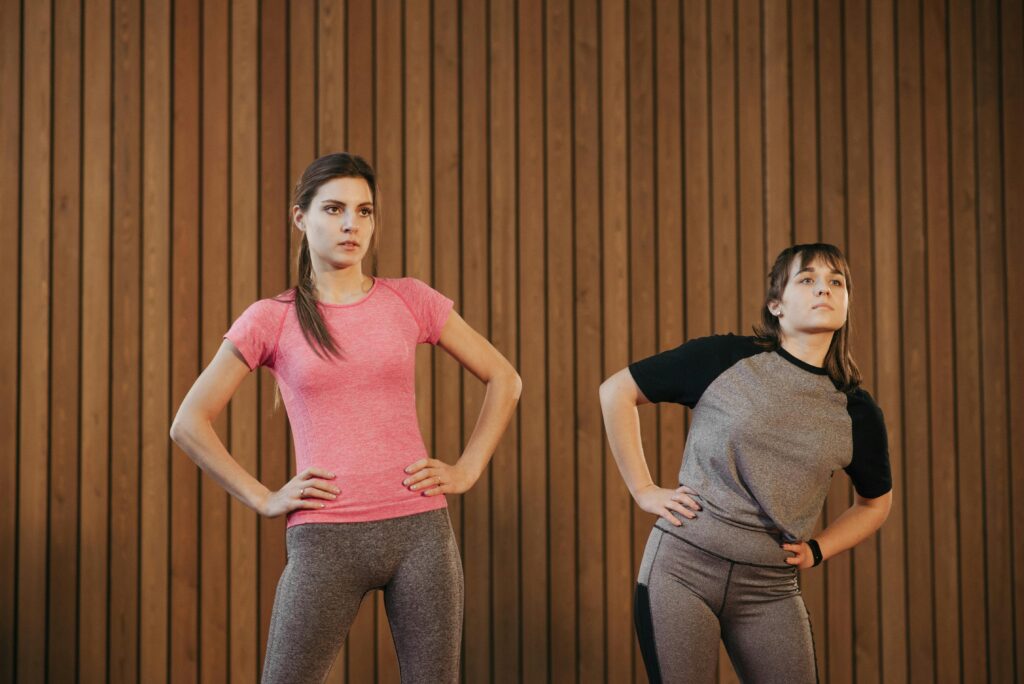
Starting an exercise routine might feel overwhelming, but it doesn’t have to be. Here are some simple steps to help you get moving:
- Set Realistic Goals: Begin with small, achievable goals. For instance, start with 10 minutes of walking each day and work your way up to longer walks.
- Choose Activities You Enjoy: Exercise doesn’t have to be boring. Whether it’s dancing, hiking, or playing a sport, find something that makes you happy.
- Schedule It: Treat exercise like an important appointment. Make time for physical activity every day.
- Start Slowly: If you’re new to exercise, ease into it to avoid injury. Begin with low-impact activities and gradually increase intensity.
- Find a Workout Buddy: Exercising with a friend can make it more fun and keep you accountable.
- Mix It Up: Try a variety of activities to keep your routine engaging. This helps prevent monotony and engages various muscle groups.
Making Time for Exercise
One of the most common excuses for not exercising is, “I don’t have time.” But the truth is, even the busiest schedules can accommodate 30 minutes of physical activity. Below are some suggestions for fitting exercise into your schedule:
- Wake Up Earlier: Start your day with a quick workout. It’ll energize you for the rest of the day.
- Use Your Breaks Wisely: Take a walk during lunch or do a few stretches at your desk.
- Combine Activities: Watch your favorite TV show while doing a home workout or take a family walk after dinner.
- Break It Up: You don’t have to do all 30 minutes at once. Try three 10-minute sessions throughout the day.
Staying Motivated
Sticking to an exercise routine can be challenging, but staying motivated is key. Here are a few strategies to stay motivated:
- Track Your Progress: Use a fitness app, journal, or calendar to log your workouts. Seeing your progress can be incredibly motivating.
- Reward Yourself: Treat yourself to something special when you reach a fitness milestone, like new workout gear or a relaxing spa day.
- Join a Group: Group classes or community events can add a social aspect to exercise, making it more enjoyable.
- Focus on the Benefits: Remind yourself of all the ways exercise is improving your health and quality of life.
The Benefits of Consistency
Consistency is the key to reaping the full benefits of exercise. While it’s okay to have rest days, staying active most days of the week will help you:
- Build strength and endurance
- Maintain a healthy weight
- Develop a positive exercise habit
- Reduce the risk of chronic diseases
Overcoming Barriers

Everyone faces obstacles when it comes to exercising. Here’s how to tackle some common challenges:
- Lack of Time: Prioritize short, effective workouts and fit them into your daily routine.
- Low Energy: Exercise can actually boost your energy. Start with light activities like walking to ease into it.
- Boredom: Keep your routine fresh by trying new activities, exploring different environments, or listening to music while you work out.
Final Thoughts
One of the best things you can do for yourself is to exercise. By engaging in physical activities like walking, jogging, yoga, or strength training for at least 30 minutes a day, you’re investing in your health, happiness, and future. Remember, it’s not about perfection or pushing yourself to extremes—it’s about moving your body, having fun, and feeling good. Start today, and watch as regular exercise transforms your life for the better.












